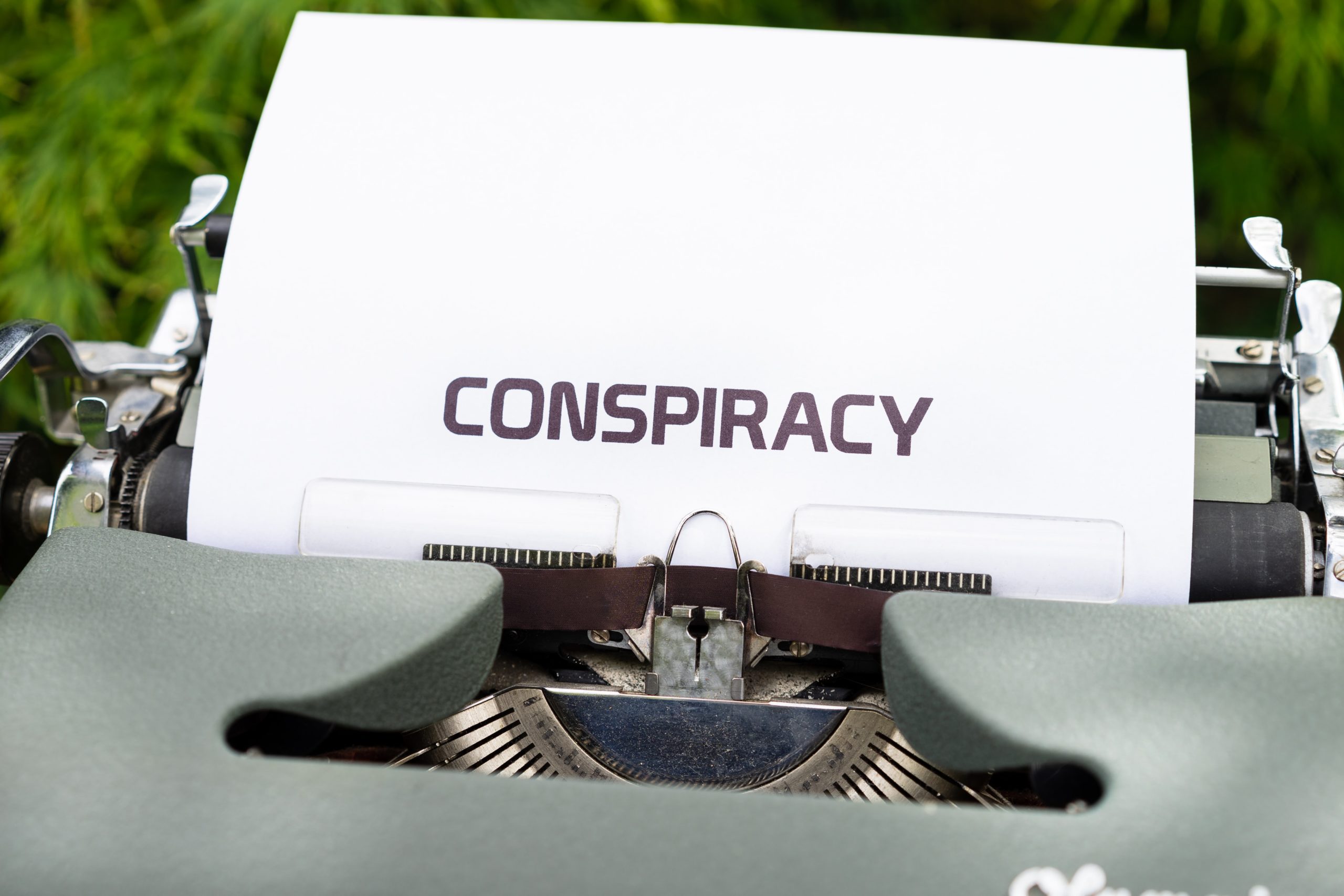Original article (in Montenegrin) was published on 21/02/2022
Since its very inception, the coronavirus pandemic has been linked to various conspiracies: from alleged plans to reduce the population, to human chipping and tracking.
Since its inception, the coronavirus pandemic has been linked to various conspiracies: from alleged plans to reduce the population, to human chipping and tracking.
But so far, we have not come across any examples of a pandemic being associated with war or similar conflicts.
And this is exactly what was done in a post, which was shared 56 times
“IN RUSSIA, in front of the UKRAINIAN EMBASSY. A HUGE banner: Ukrainian brothers! Russia, the Russian people do not want to fight with you‼ ️THE SCAM about war is a higher level for PLANDemic… they have the same people organizing it”, claims the description of the video which shows the banner being hung.
What are the connections between the pandemic and the tensions between Ukraine and Russia? None.
Tensions, even armed conflicts in Ukraine, are not born yesterday.
In an article titled “Five things you need to know about Russia-Ukraine tensions”, Al Jazeera recalls that the first conflict began in 2014 when Ukraine’s pro-Russian President Viktor Yanukovych was ousted for refusing to sign an agreement that would bring the country closer to the European Union (EU).
Afterward, Russia annexed part of Ukraine, Crimea, and the so-called Donetsk and Luhansk People’s Republics, territories in eastern Ukraine, declared independence.
BBC, referring to the history of relations between Russia and Ukraine, reminds us that in 2014, Russia took over military control over Crimea.
“When it secured control over Crimea, Russia encouraged riots in the southeastern provinces of Ukraine, where the dominant parties have long cultivated pro-Russian views, but this strategy has worked only in Donbas. When Ukrainian troops tried to regain control, Putin’s administration sent troops to support pro-Russian separatists and Russian volunteers. The active phase of the war lasted until the fall of 2015, and the escalation was renewed in 2017 and early 2020, which resulted in about 14,000 victims and 1.5 million refugees”, BBC writes.
Ukraine’s aspiration to join NATO is most often taken as a reason for constant tensions, which Russia openly opposes, and the current conflict intensified when Russia deployed its troops on the border with Ukraine.
So, the history of the conflict between Ukraine is long and complicated and goes beyond the beginning of the pandemic, which none of the state leaders mentioned as any part of the conflict.
This is why this post was is rated as a conspiracy theory.
The “conspiracy theory” rating is given to a media report that gives an untrue or unverifiable description of a phenomenon, event, or person, presenting them as part of or the result of a covert plan (“conspiracy”). It is characteristic of such contents that they present a series of claims, presented as facts, and without offering any credible evidence.



